Salemi – Sicily – Italy
Salemi is a charming town located in the Trapani province of Italy. It is indeed known for its rich history, interesting facts, and unique places that make it a captivating destination. Salemi has a significant place in Italian history as it was once the provisional capital of Italy. In 1860, during the unification of Italy, Giuseppe Garibaldi declared Salemi as the first capital of the newly unified country. However, the capital was later moved to Turin.
Salemi Sicily – the name of this town burst onto TV screens in the wonderful British show “The Italian Job”. I must say that the city is improving every day and behind this is the constant work of the city authorities and its residents.
Salemi village in Sicily | Interesting places, Facts, & History
Subscribe to the video author’s channel!
Province:
Trapani
Population:
According to Wikipedia: 10,971
Recommended accommodation
Villa Baglio Borgesati
Salemi was founded:
In the 9th century BC in Belice Valley
Distance to the sea:
Mazara del Vallo – 31km
Train Station:
Salemi Gibellina – 11km
Zip Code Salemi:
91018
Close by:
Nuova Gibellina, Marsala, Castelvetrano
Hospital:
Vittorio Emanuele – Castelvetrano
Add a single and succinct list item
Frequently asked questions: Salemi
Top 10 places to See in Salemi
Salemi Freedom Square

Welcome to Salemi Freedom Square, a bustling hub at the heart of Salemi! Connected to various lively streets like via Matteotti, a popular hangout for the younger crowd on weekends, and via Amendola and via Crispi, serving as the gateway to and from the historic center, the square is a focal point for the town’s activities. Not to be missed are Via Ettore Scimemi and via dei Mille, the latter leading you towards the cemetery.
Right in front of you stands the monastery, complete with a clock that dutifully keeps track of the city’s time. Just beyond its gate, the quaint church of S. Antonino awaits. A short stroll to your left brings you to the Pro Loco headquarters, housing an informative office ready to guide you. Fun fact: there used to be a fountain gracing the center of the square in times past.
Gaze upwards, and to your right, you’ll catch sight of the majestic Castle tower, the ultimate destination of our walking tour. The square serves not only as a historical and architectural marvel but also as a vibrant meeting place for Salemi’s seniors, exuding an atmosphere reminiscent of a small-scale Wall Street. Soak in the lively ambiance and the rich tapestry of Salemi’s daily life at Freedom Square
Сhurch of Sant Antonino da Padua (Salemi)

The Church of Sant Antonino da Padua, originally named Chiesa di San Francesco, graces the main square of Salemi. Though officially known as San Francesco, it has garnered more recognition under the name Sant’Antonino. The church’s bell tower, once part of the city’s defensive towers, harks back to an era when the monastery leaned against the city walls.
In the distant past, the site was a thick forest, sacrificed in 1362 for the construction of the complex. A raging fire engulfed the area, sparing only an oak tree within the monastery’s confines, a living relic of that bygone woodland. Originally dedicated to Saint Francis, the complex underwent a complete reconstruction in 1764 and subsequent restoration in 1797.
During ancient times, a statue of Saint Francis and a grand painting of the Immaculate Conception adorned the main altar. For a more in-depth exploration of its history, the information sign provides valuable insights. However, to truly immerse yourself in its rich past, we recommend stepping inside and experiencing the Church of Sant Antonino da Padua firsthand.
Salemi – Via Amendola
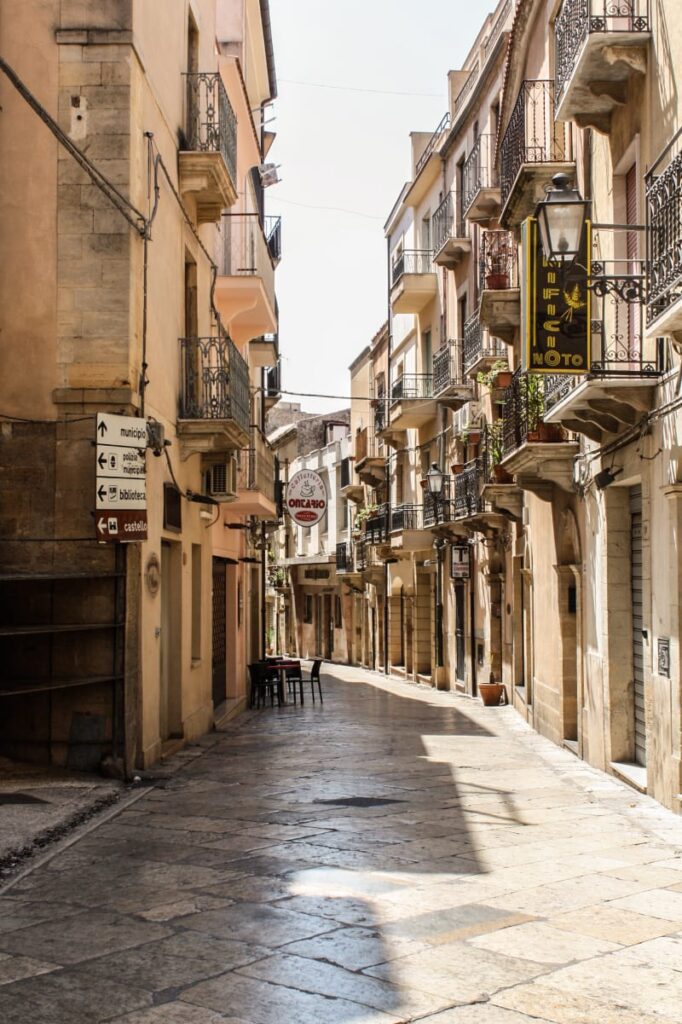
Familiarly dubbed the “Strata Master,” the main road, in conjunction with Via Crispi, serves as the defining boundary of Salemi’s historic center. Commencing from Piazza Liberta, your journey unfolds, leading you to the picturesque Belvedere, Piazza Simone Corleo, and the awe-inspiring Church of Sant’Agostino, accompanied by its splendid monastery.
Continuing along this historic route, you’ll traverse Piazza Dittatura, encounter the charming Church of San Giuseppe, pass through the iconic Porta Ghibli, and ultimately circle back to the starting point at Piazza Liberta. This well-traveled path encapsulates the essence of Salemi’s history and architecture, offering a captivating tour through its notable landmarks. Lace up your walking shoes, and let the “Strata Master” guide you through the heart of Salemi’s historic charm.
Panoramic terrace

The panoramic terrace offers sweeping views of the Salemi countryside, stretching southwest towards Mazara del Vallo. An ideal spot for capturing memorable photos, it provides a picturesque vantage point to admire the scenic beauty of the surroundings.
Simone Corleo Square

Simone Corleo Square, named after a prominent 19th-century politician, scientist, and philosopher from Salemi, serves as a hub for exploration. Ascend the three steep stairs on the left for a convenient shortcut to the center, offering both a historical tribute and practical access.
Chiesa di S. Annedda
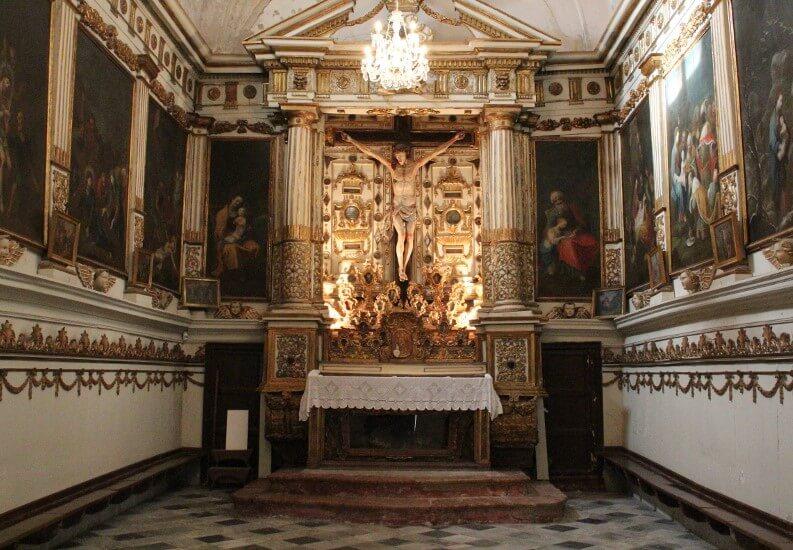
Chiesa di S. Annedda, affectionately known as Sant’Annedda, stands as Salemi’s 18th-century artistic gem, particularly showcasing the works of Frate Felice da Sambuca. Adorned with several paintings depicting scenes from the life of Jesus and the Madonna, it serves as a testament to Salem’s cultural heritage.
Upon exiting, at the summit of the steps, the entrance to the Ritual Bread Museum awaits your exploration. Whether you choose to visit now or save it for later, it provides a fascinating glimpse into local traditions. Following your museum experience, consider descending the steps again, continuing along via Amendola, or descending via Cosenza. The latter path leads directly to the Church of San Agostino, offering a seamless continuation of your cultural journey through Salemi.
Chiesa e Convento di S. Agostino

Welcome to Chiesa e Convento di S. Agostino, a captivating landmark on Strada Mastra and one of Salemi’s most exquisite churches. The monastery, established by General Falciglia in 1400, boasts a rich history, while the church itself dates back to around 1250. In ancient times, the adjacent church was accompanied by Porta L’Aquila, one of the city’s gates.
Inside, a remarkable display showcases a collection of silverware and sacred vestments from various Salem churches. The main altar features a grand choir, with a wooden altar at its center, housing the urn of the martyr S. Vincenza. Noteworthy are three spacious crypts within the church, designated for the burial of distinguished monks and Salmites.
As you stroll down the street to your right, the monastery awaits, revealing an unmissable cloister. Continuing onward, you’ll find yourself in the Arab quarter of Rabato. Explore the depths of history and architecture as you navigate through this unique intersection of Salemi’s cultural tapestry.
Piazza Dittatura
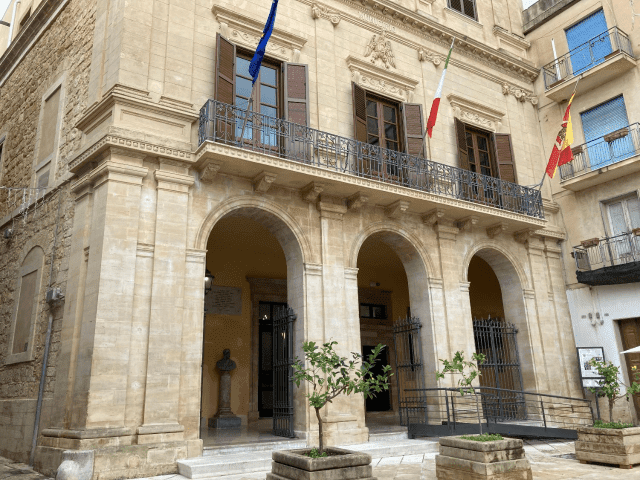
Welcome to Piazza Dittatura, a square steeped in historical significance, named in commemoration of Salemi’s brief but impactful role as the First Capital of Italy. This prestigious title was declared by Giuseppe Garibaldi on May 14, 1860, in the name of Vittorio Emanuele II.
In this very square, Garibaldi promulgated the initial laws of the Italian monarchy, establishing Salemi as the inaugural capital of Italy. The Town Hall, witness to these momentous events, has evolved over time. Above the central balcony on the first floor, the Salemi coat of arms commands attention. An eagle, wings outstretched, bears a shield featuring a castle. Crowned at the top, the emblem is adorned with an oak branch and a laurel branch, symbolizing strength and victory.
Piazza Dittatura stands as a living testament to Salemi’s integral role in shaping Italian history, inviting visitors to immerse themselves in the echoes of the past while admiring the town’s enduring symbols.
La Matrice Salemi

La Matrice Salemi, established in the late 17th century and dedicated to Saint Ignatius of Loyola, assumed the role of the Mother Church after the earthquake of 1968. The Baroque-style facade, adorned with twisted columns, is a striking example of the architectural style.
Step inside to discover an exquisite eighteenth-century organ and the impressive main altar. The church also houses statues of Saint Nicholas, adding to its religious ambiance. As you face away from the facade, the barracks and, to the left, the City Library come into view. To the right, the road leads to the Museum of Ritual Bread—worthy of a visit if you haven’t explored it yet.
If you follow the left road, a long staircase will guide you to Dittatura Square. Adjacent to the church, ascending through D’Aguirre, you’ll encounter the Jesuit College, established in 1652. Today, it houses the Palazzo dei Musei, adding another layer to Salemi’s rich cultural tapestry. Explore this historical and artistic enclave, where each step unveils a piece of Salemi’s captivating heritage.
Palazzo Torralta
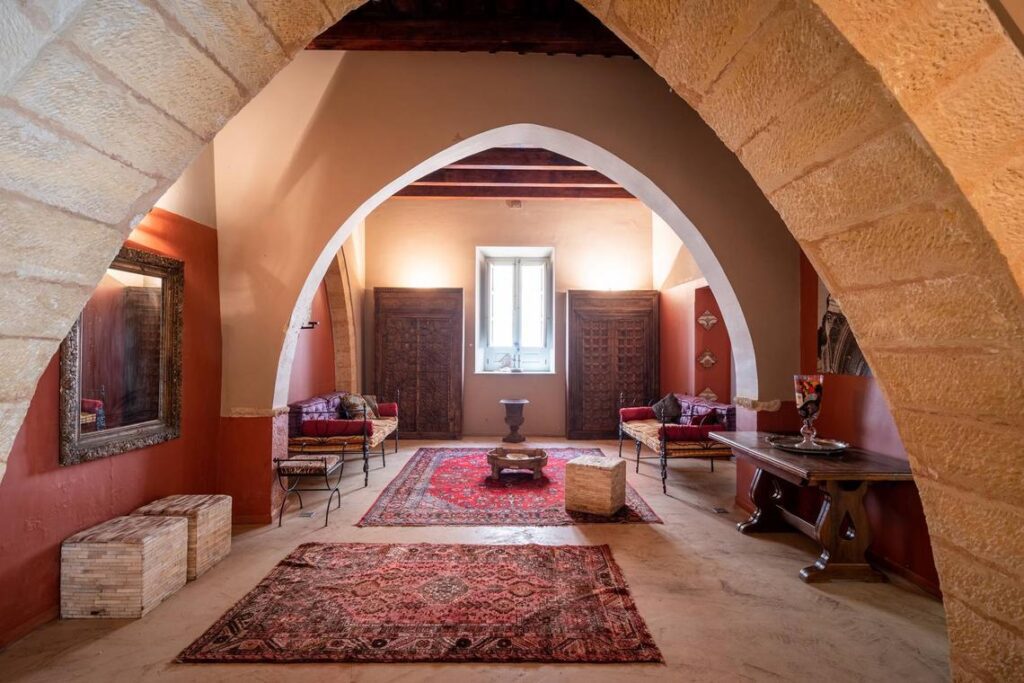
Palazzo Torralta Salemi, a historic residence dating back to 1618, once served as the abode for the city’s noble families. Notably, from May 13 to May 15, 1860, it played host to Giuseppe Garibaldi and his staff, welcomed by the landlord, the Marquis Gaetano Emanuele di Torralta.
In recent times, the palace has undergone meticulous restoration, opening its doors to the public. Now, it stands not only as a testament to the city’s noble history but also as a venue for various cultural events. Visitors can explore the grandeur of Palazzo Torralta, immersing themselves in its rich past and enjoying the vibrant cultural activities hosted within its walls.
Biblioteca Salemi
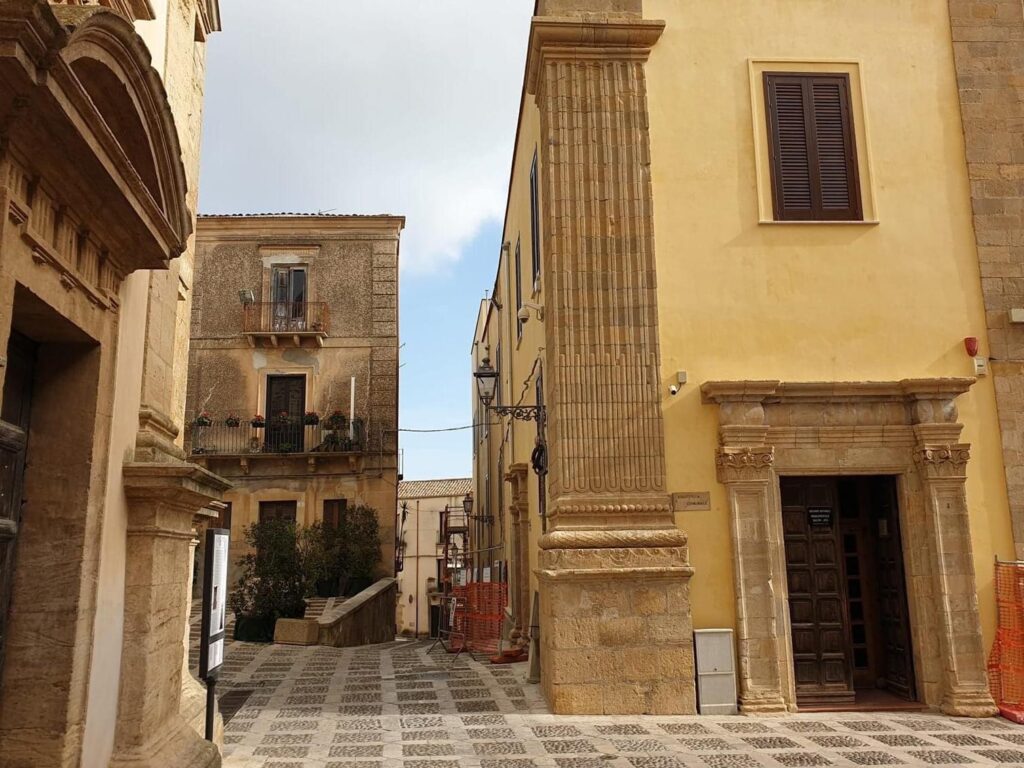
Welcome to Biblioteca Salemi, the heart of the historical center with a rich and varied history. Originally, this site served as the monastery of the Basilian monks, later passing into the hands of the order of Santa Chiara. Over time, it transformed into a hospital and social assistance service.
Since 1984, this historic space has been home to a library that boasts an impressive collection of over 100,000 volumes. Notably, these volumes contribute to one of Italy’s most significant historical archives, making Biblioteca Salemi a vital repository of knowledge and cultural heritage. Explore the shelves and corridors of this library to delve into the extensive history it houses within its walls.
Chiesa di S. Bartolomeo

Chiesa di S. Bartolomeo, dating back to the 1600s, has a rich history and architectural significance. Expanded and adorned with stucco by the architect Pietro Bolognese, the church once featured an image of the Resurrection with Magdalene on the main altar, a statue of St. Bartholomew in one aisle, and another of St. Apollonia in a different aisle.
In ancient times, this church played a role in important rituals such as the Last Supper and the washing of the feet of the brothers of the slain. Today, it has been repurposed to house a museum showcasing breads created for the celebrations of San Biagio (February 3) and San Giuseppe (March 19). These breads are presented in various forms, often taking on the shapes and symbols of Christian iconography. Explore this unique intersection of art, history, and culinary traditions within the walls of Chiesa di S. Bartolomeo.
Castle Normanno-Svebo

Castle Normanno-Svebo stands proudly as the quintessential symbol of Salemi. Its current iteration, dating between 1070 and 1130, reflects the efforts of Count Roger of Normandy, who, with the assistance of Arab workers, reconstructed it—possibly on the foundations of an ancient pre-existing fortification.
Preserved through the ages, the castle has undergone recent restoration work and is now open to the public. Its halls serve as a backdrop for numerous cultural events, breathing life into its historic chambers.
In the years when the castle was off-limits, adventurous youngsters would clandestinely explore its towers, particularly the cylindrical one, offering a breathtaking panoramic view across the entire province of Trapani. On clear days, the sea comes into view. Notably, during Garibaldi’s historic declaration of Salemi as the capital of Italy for a day, the Italian flag was proudly hoisted atop the cylindrical tower, adding to the castle’s storied history.
Piazza Alicia Salemi
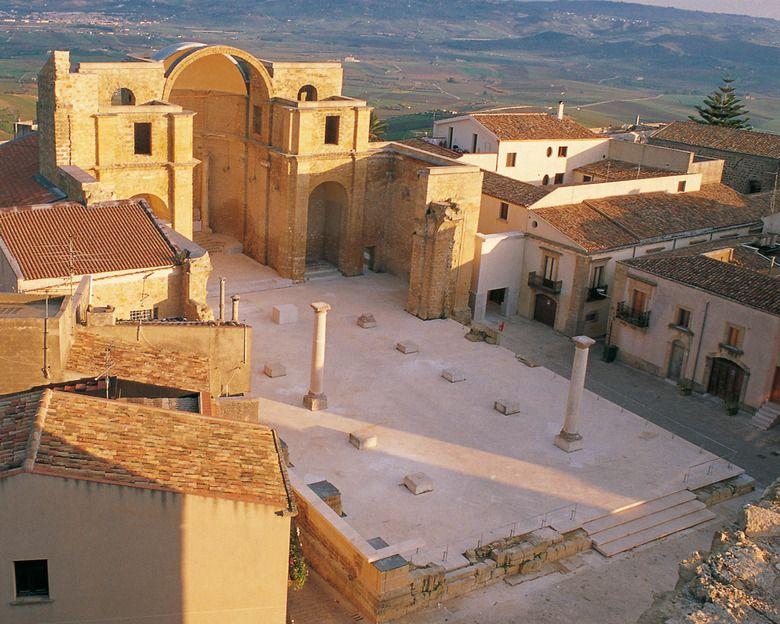
Welcome to Piazza Alicia Salemi, a square steeped in historical resonance, commemorating the ancient name of the city, “Galicia.” This vibrant square is adorned with two significant buildings that embody the forces governing the lives of Salemi’s citizens: the iconic Norman-Swabian castle and the evocative ruins of the former Mother Church.
After your uphill journey, Piazza Alicia offers a serene atmosphere to unwind. Take a leisurely stroll, immersing yourself in the surroundings, or find a cozy spot to relax and enjoy a refreshing drink. Let the rich history and ambiance of the square envelop you as you savor the unique character of Salemi.
Leave your comment
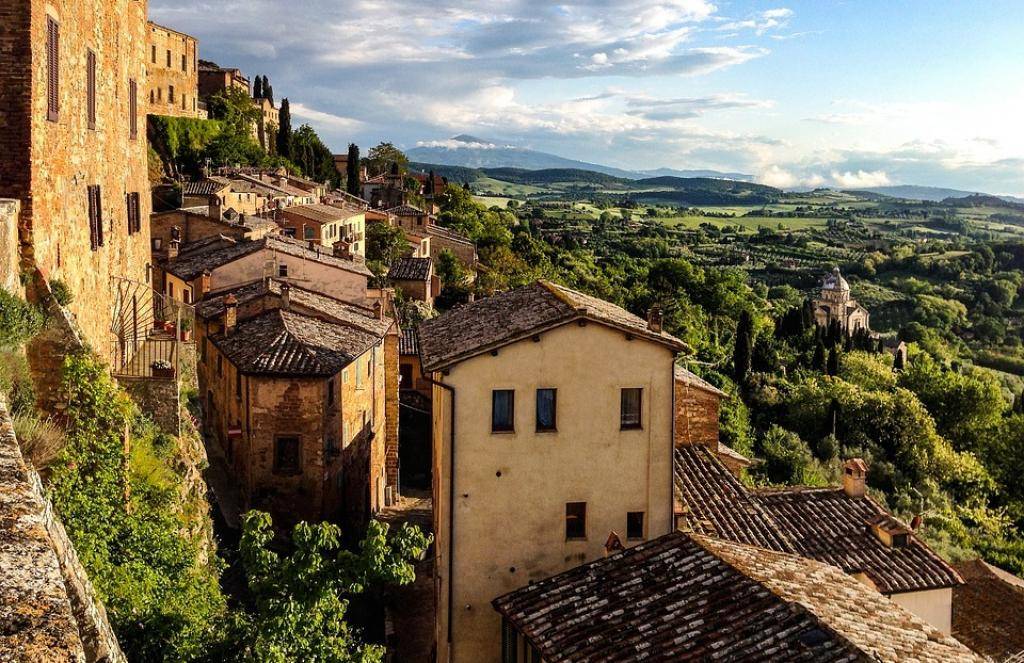
It’s a nice article to read about Salemi but is there any info about restaurants or any bars in the city? It’s good to know about places with a good food.
Thank you for your comment) There are good places to stay in Salemi and we are just preparing this information for display on the map.